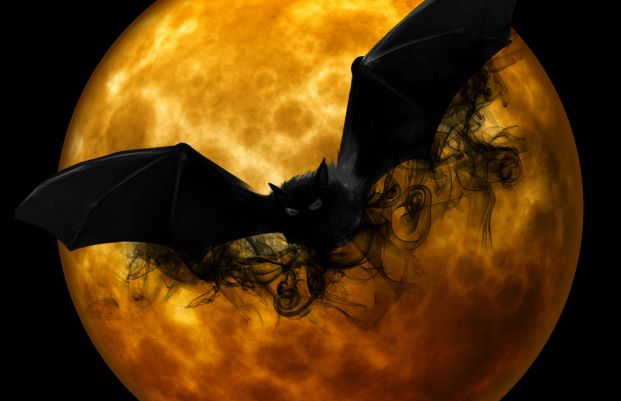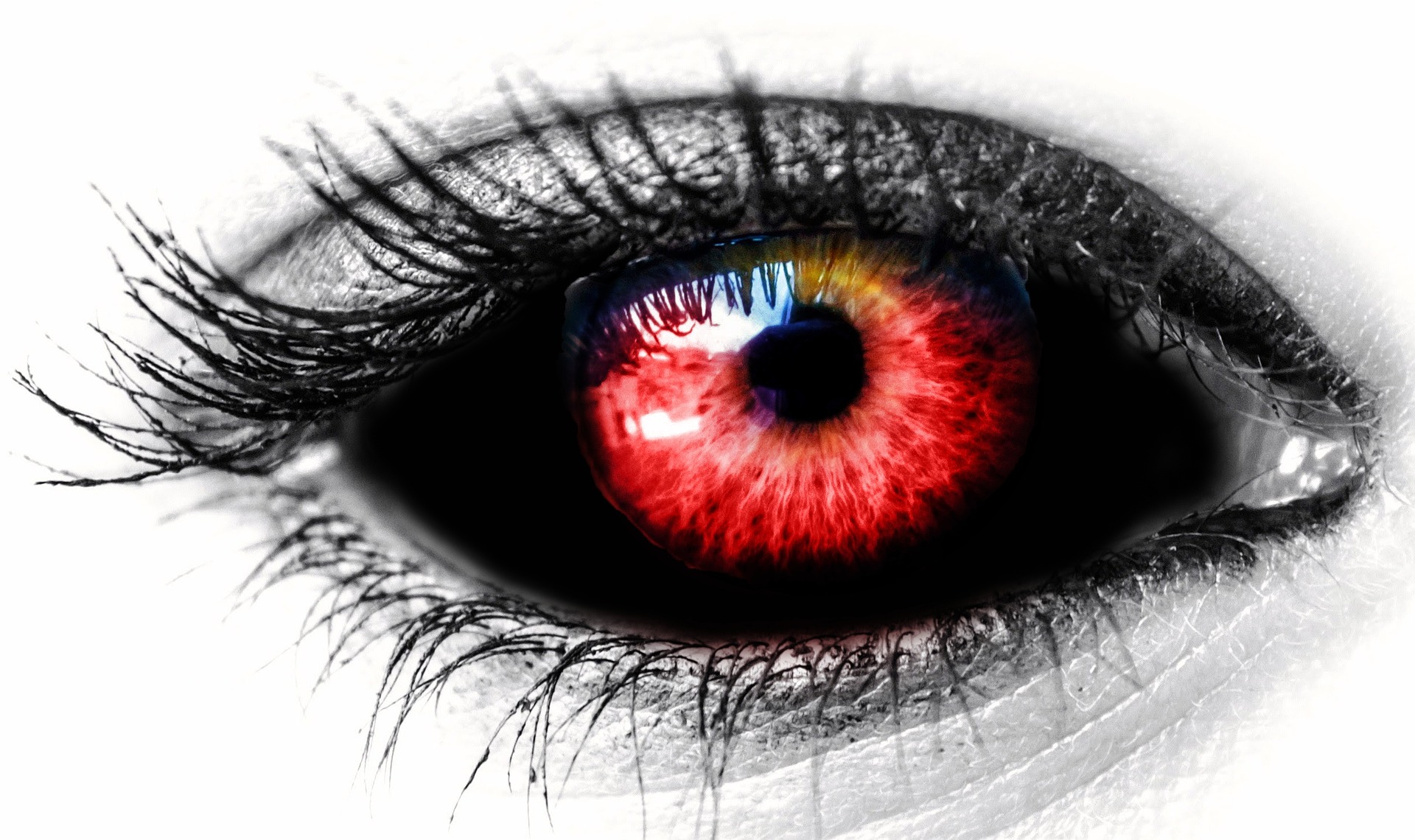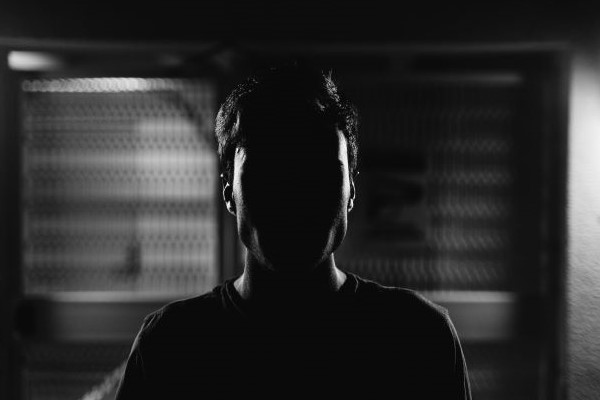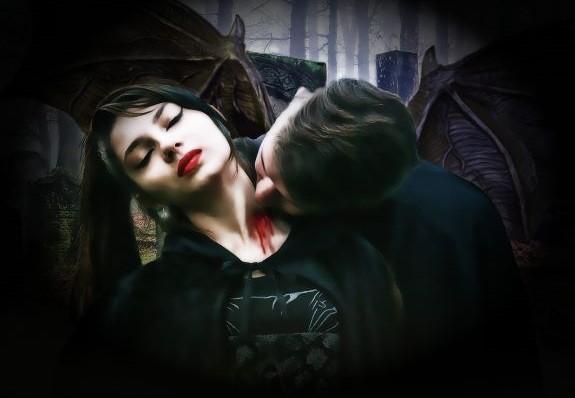

In many stories about vampires, one of the greatest sources of fears is the tension that occurs after the vampire makes its appearance. In these scenes, the human characters often do not initially realize the vampire’s true nature, perceiving them as nothing more than human until it is much too late. A great example of this occurs in the movie, Blade. In the opening of the movie, a man is going on a bender with a female vampire. She takes him to a party in a meat packing plant and all seems fine…that is until blood begins to spray from the ceiling. In moments, the vampires around him open their mouths, revealing their fangs, and lapping at the blood. They begin clawing at the man until he is saved by the movie’s protagonist (see below).
In scenes such as this, the vampire goes through a sort of transformation, but in a very different way than the transformation of a werewolf. In this case, instead of a long transformation sequence, the transformation happens the instant the vampire strikes, the victim only becoming aware of the vampire’s intentions when they are practically in the vampire’s jaws. Even in scenarios where the victim survives, it’s usually only due to the intervention of outside characters that they do so. Why is this the case?

Because most vampires don’t “hunt” the same way that the werewolf or zombie hunts; they let their victims come to them. The vampire presents themselves to their victims and then lets their otherworldly beauty draw their victims in. Once they have the victim's attention, they gain their victim’s trust, seducing them, tempting them with false words, all the way manipulating them into being where they want to be. Then they strike when you are most helpless; when you trust someone else. For when you trust someone, you let your guard down, which is the best time for the vampire to strike.




